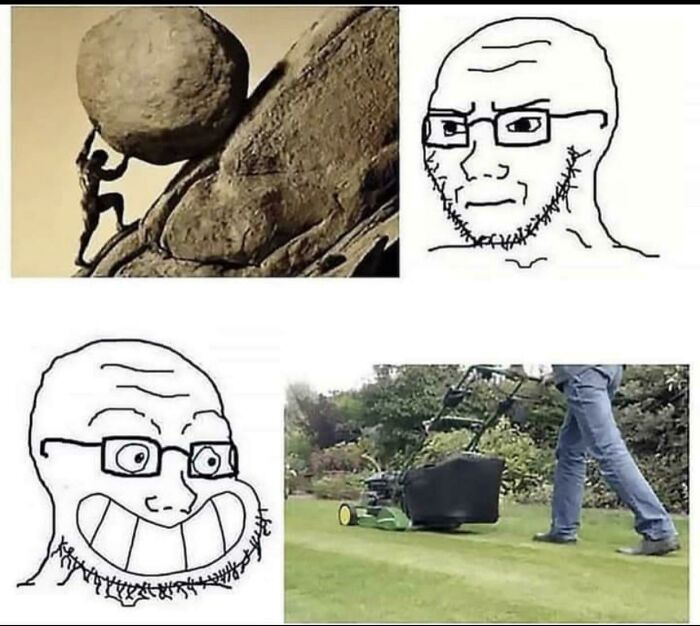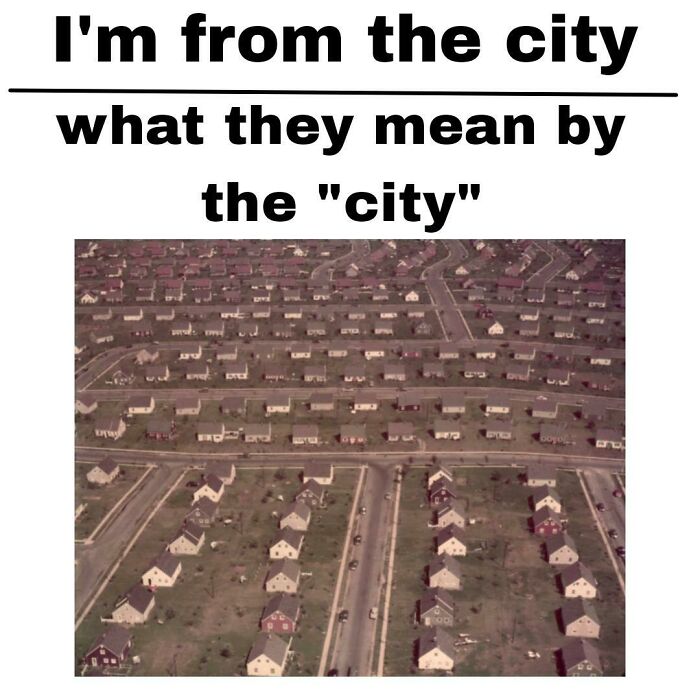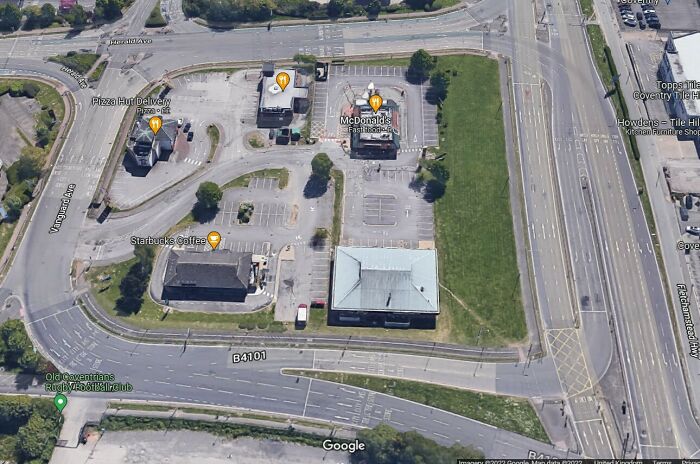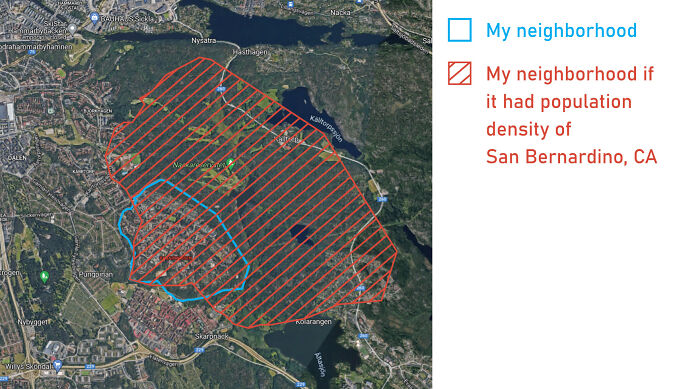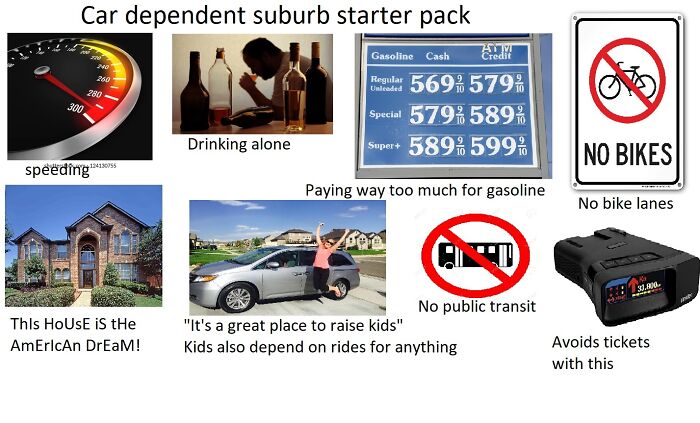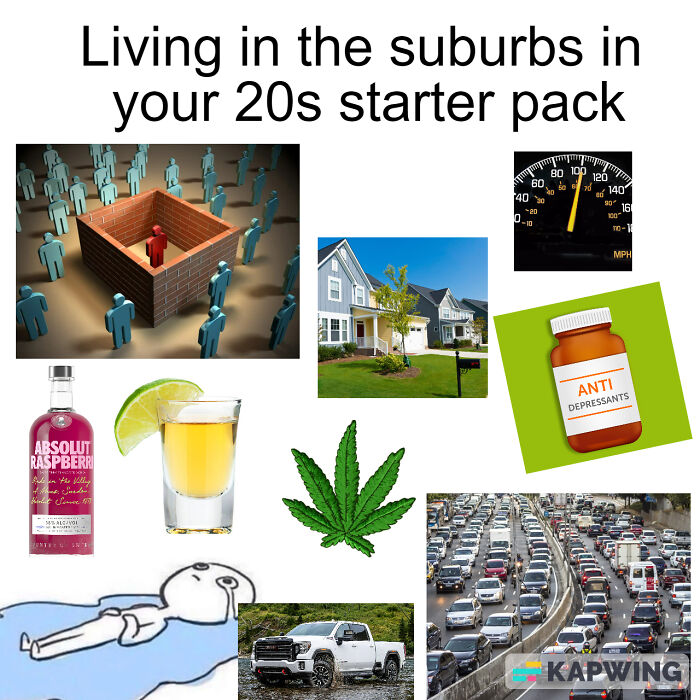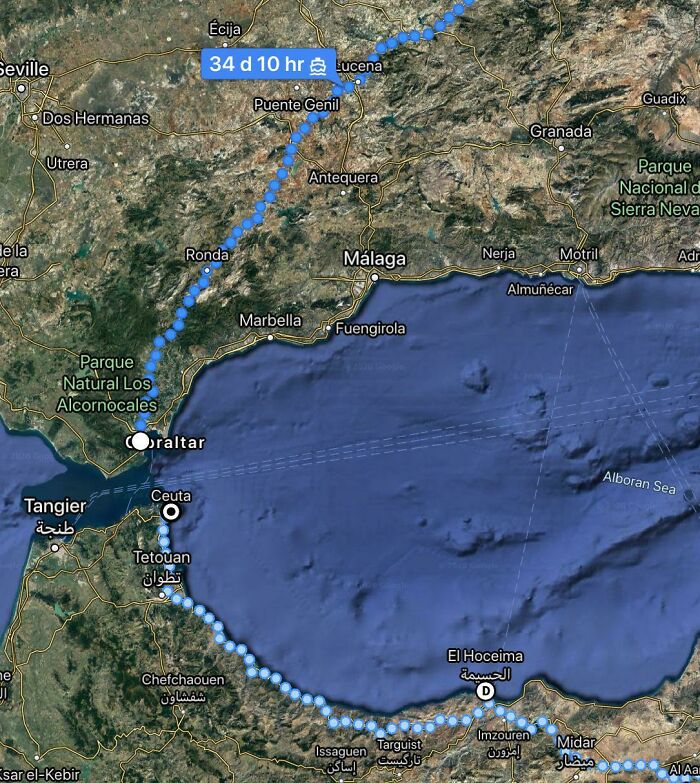Every house in the neighborhood looks nearly identical, with perfectly manicured lawns. There’s not a bike lane in sight, and it’ll take you at least 30 minutes to walk to the nearest shop. Trees are few and far between, and if you don’t own a car, you’re essentially stranded. That’s right, folks, we’re talking about the good old suburbs!
Below, you’ll find some of the most depressing posts from the Suburban Hell subreddit, a community advocating for more sustainable cities, as well as a conversation with Brett Stadelmann, Founder and Editor of Unsustainable Magazine. Whether you’re a resident of suburbia or not, be sure to upvote the pics that infuriate you the most, and remember that you’re not alone if you’re currently stuck in the suburbs!
This post may include affiliate links.
Defiant Family Refuse To Sell $50M Sydney Property To Developers
To gain some insight on the topic of suburbs from a sustainability standpoint, we reached out to Brett Stadelmann, Founder and Editor of Unsustainable Magazine. Brett was kind enough to have a chat with Bored Panda and share his personal thoughts on suburbs. “I grew up in the suburbs of Melbourne, Australia, so for me, the suburbs feel perfectly natural and very balanced, between the fast pace of the city and the slower life of the country,” he shared.
When it comes to the pros of living in the suburbs, Brett says, “You get all the cultural benefits of being near a city, such as services, culture, food, and job prospects, without some of the downsides such as poor air quality, noise, and overcrowding.”
On the other hand, Brett says some of the cons are, “Traveling anywhere does take time and results in emissions, and air quality still isn't perfect. You're completely at the mercy of your neighbors in terms of toxic airborne products they decide to use for cleaning, gardening, hobbies, and the like.”
It's Almost Dystopian
As far as making suburbs more environmentally friendly, Brett told Bored Panda, “Every neighborhood should have a group looking at sustainability, increasing natural spaces, reducing traffic, promoting recycling, etc. If you can't find one, start one, because more and more people want to be involved in something positive.”
And if you’re considering moving to the suburbs, Brett says, “If you're from the city, get used to driving more, a lot more. If you're from the country, expect a much higher density of population.”
If you’d like to learn more about how we can be kind to our environment, regardless of where you live, be sure to check out Unsustainable Magazine right here!
Thought This Belonged Here If It’s Not Already
Even if you’ve never experienced living in the suburbs first hand, you likely have an image in your mind of what they're like from countless American films and TV shows. Huge neighborhoods filled with exclusively large houses that have front and back yards and no grocery stores or shops within walking distance. If you’re lucky, the roads are safe enough to bike on, but more likely than not, cars are a necessity to get anywhere, even if it’s only a mile away. If you do live in the United States, there’s a pretty good chance you have lived in suburbia at one time or another, as according to the 2020 census, there are approximately 130 million Americans living in some form of suburbs.
And while you might be thinking that living in the suburbs is an outdated desire, you might be surprised to find out that many people still choose to move outside of urban areas. In fact, the Pew Research Center has found that Americans have become more likely to prefer living in suburbs since the pandemic. Between 2018 and 2021, the percentage of people who prefer living in cities has gone down by 4 points, while the percentage of people who prefer suburban areas has increased by 4 points. Some of the reasons people may prefer suburbs are having a quieter environment, being able to work remotely, and finding cheaper housing and larger spaces.
Never Forget What Was Taken From Us
Thought This Was Fitting For This Sub
Land Use Matters
as someone who grew up in soviet bloc housing, this repulses me. You say block housing is bad, and then basically manspread like this? no wonder we have no environment anymore.
On the other hand, however, some people view living in the suburbs as an absolute nightmare. That’s where the Suburban Hell subreddit comes in. This community, which describes itself as being “about suburbs, how bad they are, how ugly they are and solutions against them,” has amassed nearly 57k members since 2015. The group does an excellent job detailing why suburbs aren’t always the most sustainable or reasonable way of living. From aerial views of cities showing exclusively asphalt and pavement to images of kids crossing major roads just to get to school, Suburban Hell has it all!
These photos point out how the land used in many suburbs could have been utilized much more effectively, providing additional housing, additional greenery and more sustainable ways of transportation than simply driving cars. According to Untapped New York, the first American suburb was Levittown, Long Island, which became what we now consider suburban in the 1940s. Today, however, over half of the households in the US would consider their neighborhoods “suburban,” rather than urban or rural.
Car-Dependency Destroys Nature
I've Noticed This Weird Disconnect With Reality Surbubanites Have
Honest Design
Suburbs are often criticized for being poor uses of space, destroying natural habitats, polluting water, wasting resources and exacerbating housing crises. But among all of the problems that crop up in suburbia, Chris Weller at Insider says there may actually be an evolutionary reason why the suburbs feel like a hellscape. He explains that two things that humans have natural preferences for, socialization and well-defined spaces, are made much more difficult when living in suburbs. When we live in large homes with yards and pools and drive everywhere, we encounter people out and about much less than if we were to live in an apartment building with a courtyard and had to walk down the street or ride public transportation to get around. Suburbs make it incredibly easy to isolate ourselves and avoid interaction.
The "I Live In The Suburbs For The Peace And Quiet" Starter Pack
What A Cute Garage, Even Looks Like A House!
How A Suburb Should Look: 1. Built Around Train Station 2. Everyone Within A 10 Minute Walk 3. Human Scale
Another reason Weller notes that makes residents’ lives much more difficult in suburbs is the “lack of planned order found in urban environments.” When you don’t have a lot of space available, you have to be wise with how you use it. Your apartment building might have a grocery store and a coffee shop on the first floor, and trees often line city sidewalks, as they have nowhere else to go. But in suburbs, where everything is designed to make it easier for cars to get around, the pedestrian experience is often ignored. The planning just doesn’t make sense, and when we don’t have defined walking and biking paths, we don’t feel comfortable or at ease trying to maneuver around without a car.
Car Dependency
Where Suburban Sprawl Meets An Indian Reservation In Scottsdale, Arizona
I'll Take Mixed-Use, Walkable Urbanism Instead, Please
Right 👍. Better keep the country and just provide eco-friendly transportation to the city.
If you’re concerned about the environment (which, let’s face it, who isn’t these days?), you might want to become an advocate for urban areas over suburbs too. According to the Organization for World Peace, suburban sprawl is a major contributor to climate change. They explain that the reliance on vehicles suburbs have created greatly increases suburbanites’ greenhouse gas emissions and use of fossil fuels. Large homes require lots of energy to maintain, while housing small amounts of people.
𝒜𝓂𝑒𝓇𝒾𝒸𝒶𝓃 𝒟𝓇𝑒𝒶𝓂 (Before And After)
An inner city suburb of Detroit. It was formerly known as “Black Bottom” Before they obliterated it with the highway, as it was a predominantly African American neighborhood.
Unfortunately, America was not the only country affected by the "everything for the car". This trend wreaked havoc in every country in the world around the 1960s. Even my small, historically rich town of 200,000 (founded in the 6th century) suffered havoc for building expressways.
1979 Advertisement For London Transit Showing How The City Would Look If Built By American Planners
Triacylglycerol Looking Like Any Suburb Ever
Suburban sprawl also greatly contributes to water pollution, the Organization for World Peace notes. “Lawns and gardens contribute to water pollution on a surprisingly large scale. Sprinklers and other irrigation systems can lead to harmful run-off. Run-off from lawns and gardens carries with it fertilizers, pesticides and other potentially harmful substances,” they explain. “These substances get rinsed into adjacent bodies of water. The products used to treat lawns and gardens eventually contribute to the pollution of lakes, rivers, streams, and even the ocean.”
How Far A Pedestrian Has To Go To Cross A Street Using Crosswalks
Always The Same
Florida 😍
Turning massive amounts of land into suburbs also takes away land that could have been used for agriculture and provided us with the opportunity to grow more food. “This land could have been relied upon by generations to come for food production,” the Organization for World Peace explains. “This issue is particularly troubling as population explosion continues. The sprawling development pattern exemplifies the capitalist impulse to disregard long-term sustainability in favor of short-term profit.” Unfortunately, however, it’s still the dream of many individuals to purchase a home with a yard for their family one day.
The American Dream 😍
The Soulless Suburbs Of Omaha
Get Your House Away From My House!
So what’s the solution to living in suburban hell? Well, according to the Organization for World Peace, it might come down to legislation. By implementing stricter government regulations on land development, communities could be required to use space and resources more sustainably and efficiently. Creating more housing in smaller spaces that uses less resources sounds like a win-win. People just have to keep an open mind and realize that living in a suburb might not be the happily ever after they always wanted. Perhaps taking better care of our planet and our communities is a bigger win.
I Love Bikeable Cities 😍
Students And Parents Must Scale Wall In Order To Travel Between School And Their Homes
Location Pflugerville, Texas, USA.
Must Add Parking
Whether you’ve lived your entire life in the suburbs or you refuse to step foot in them, we hope you’re enjoying this list, pandas. Keep upvoting the pics that you think scream “suburban hell,” and feel free to share your thoughts on suburbia in the comments below. Then, if you’re interested in checking out a Bored Panda article discussing a similar topic, Urban Hell, look no further than right here!
Spatial Priorities (Source: @fanmaps)
Congrats! Your Neighborhood Is A Highway Exit! (Austin, Tx)
I wonder how far it is to the nearest amenities? Shops, entertainment, leisure centres etc?
Paris, France (Pop. ~2.2 Million) City Limits Overlaid At The Same Scale As Houston, USA City Limits (Pop. ~2.3 Million)
looking at my comments, i see that i have become enraged. Apologies, fellow pandas 😔
No need to apologise, some of these are truly horrible
Load More Replies...Riddle me this: y'all buy a house in an area where everyone has at least a km2 of land around their house, but you do not plant a single tree. Just grass. Endless lawn, but not a single flower or bush. WHY?
There's plenty to be said about suburbia, mostly bad, but this post should just be relabeled "People who live differently than me and it makes me uncomfortable because I can't fathom someone who finds satisfaction outside of my own worldview."
Also important: This thread is 99.9998% b******t. Funny angles, misleading captions, incomplete construction...
Load More Replies...looking at my comments, i see that i have become enraged. Apologies, fellow pandas 😔
No need to apologise, some of these are truly horrible
Load More Replies...Riddle me this: y'all buy a house in an area where everyone has at least a km2 of land around their house, but you do not plant a single tree. Just grass. Endless lawn, but not a single flower or bush. WHY?
There's plenty to be said about suburbia, mostly bad, but this post should just be relabeled "People who live differently than me and it makes me uncomfortable because I can't fathom someone who finds satisfaction outside of my own worldview."
Also important: This thread is 99.9998% b******t. Funny angles, misleading captions, incomplete construction...
Load More Replies...
 Dark Mode
Dark Mode 

 No fees, cancel anytime
No fees, cancel anytime 
















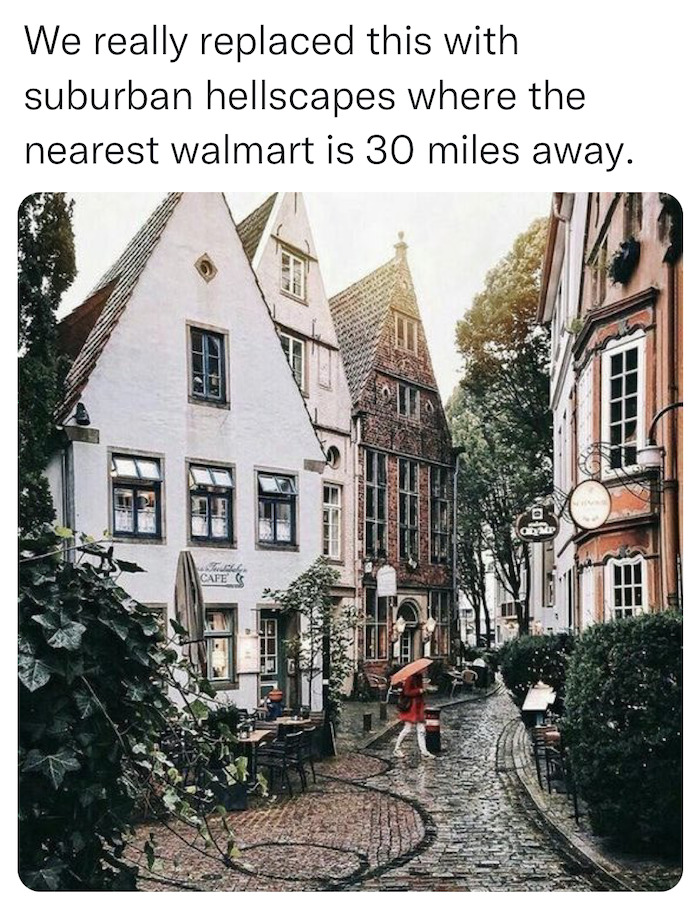

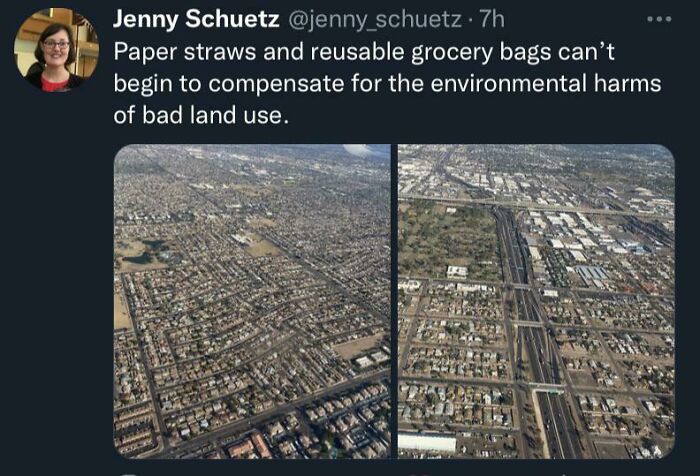
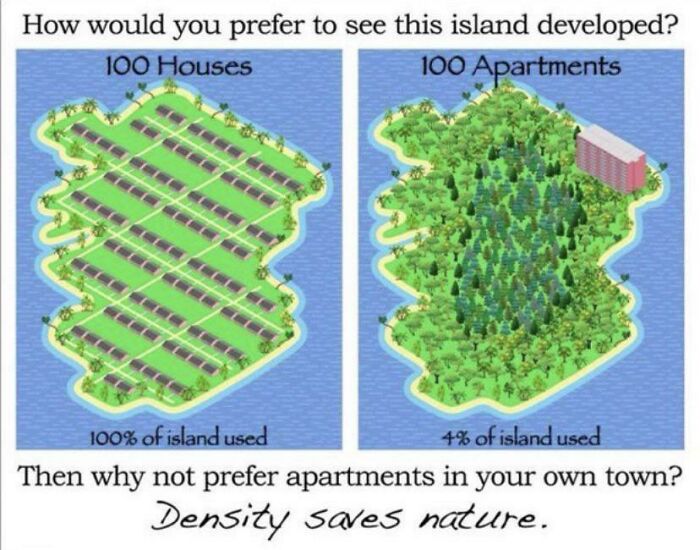

































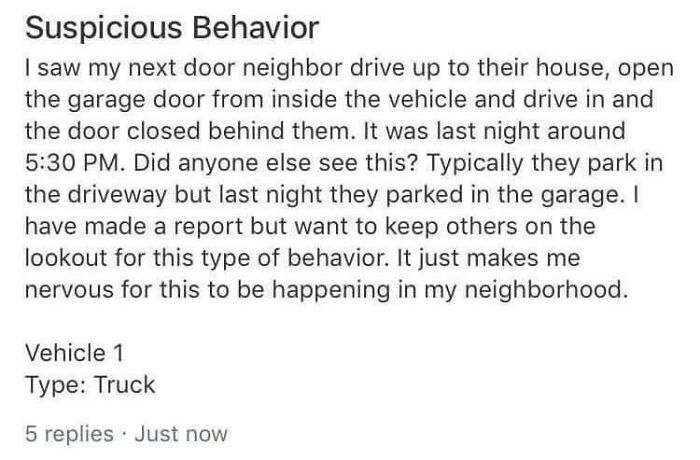


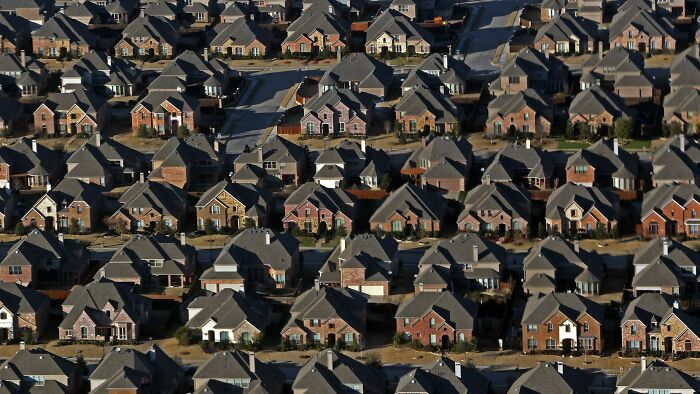









![Most Common Means Of Transportation To Work By County. [usa] Acs Survey Most Common Means Of Transportation To Work By County. [usa] Acs Survey](https://www.boredpanda.com/blog/wp-content/uploads/2023/07/64aba6b931346_e3nzfxx__700.jpg)






























